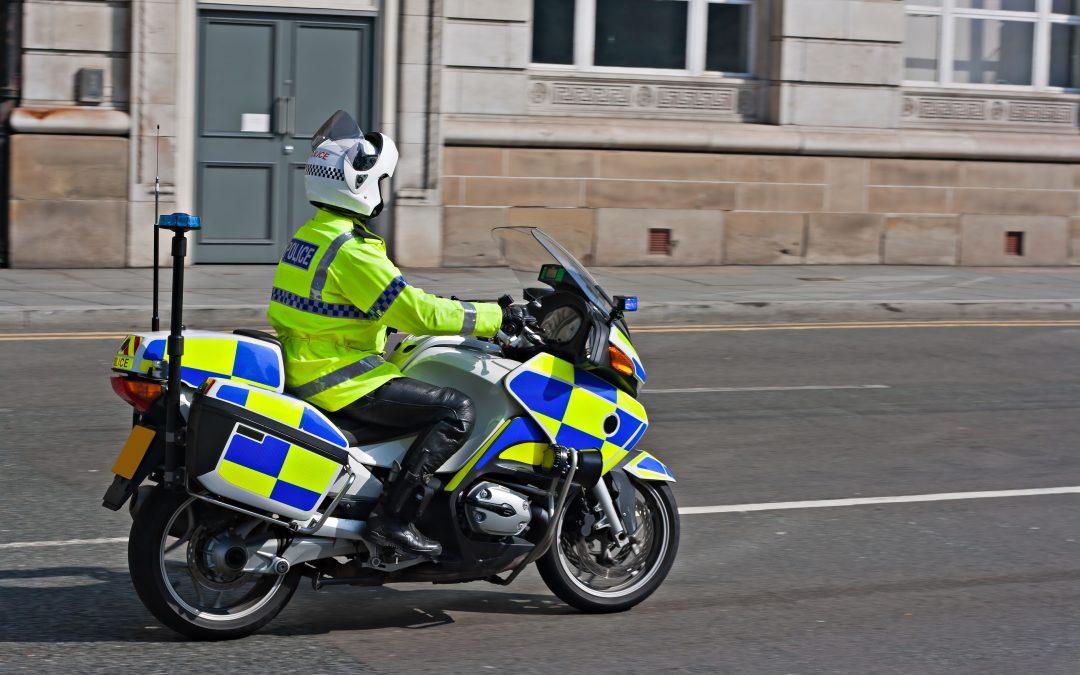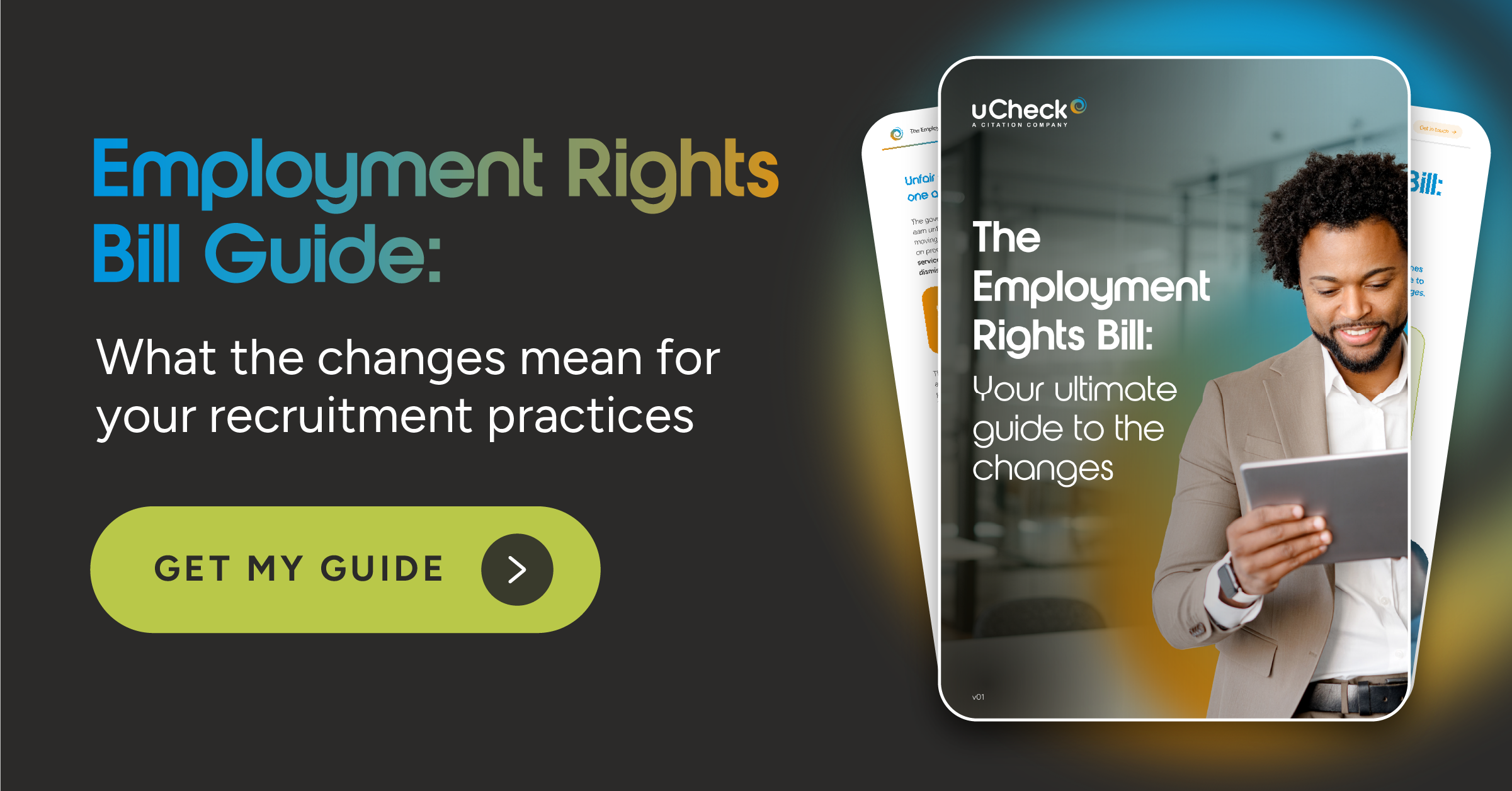Whether you’re an employer or applicant, it’s important to know about ID documents for DBS checks.
As an employer, you must be able to clearly explain to applicants which ID types are necessary.
If you’re an applicant, failing to sufficiently prove your identity can delay the DBS checking process – or even make you ineligible.
In this blog, we discuss the DBS ID requirements for DBS checks and provide more detail as to the responsibility of employers when processing an application.
The importance of ID checks for DBS applications
DBS checks are all about accuracy, so confirming an applicant’s identity is paramount. This is why the DBS ID check is an integral part of the application.
As an employer, you must complete a sufficient check of the appropriate ID documents provided by the applicant in order to confirm their identity.
But how can you confirm what these documents need to be? And how can you be sure you’ve checked them appropriately?
Ways to prove identity for a DBS Check
When applying for a basic DBS check, the DBS offer two potential routes to proving identity, with a third route – named route 1a – eligible only to non-EEA national applicants.
Route one
To complete route one you must have either a current and valid passport, a UK biometric residence permit, a current UK/EU photocard driving licence, a birth certificate (UK, Channel Islands or Isle of Man) issued within 12 months of birth or an adoption certificate (UK and Channel Islands).
These documents must be originals (not photocopies) and they have to be given to your potential employer.
You will also need a further two documents from that list, or you could provide trusted government documents (which include items such as HM Forces ID cards and firearms licences) or financial and social history documents (like bank statements, for example).
At least one of those documents must show your current address.
Route two
To take route two, you’ll need to provide one trusted government document and a further two that are either trusted government documents or financial or social history documents.
You can have two from one group or a mixture from each category. At least one of these documents must show your current address.
The company carrying out the check will then need to go through an external ID validation service to check the application.
Route three
If you’re still struggling to prove your identity for a DBS check, then there’s one more route you can take.
However, route three can only be taken if the previous two can’t be completed.
To qualify, you must be able to a show a birth certificate and a trusted government document.
You must also be able to show three further documents from the trusted government documents category or the financial and social history documents category.
Again, one of the documents must show your current address.
Types of ID documents for DBS checks
As mentioned, each route requires a different combination of documents. These are defined as:
- Group 1: Primary identity documents
- Group 1a: Primary identity documents for non-EEA nationals needing a basic DBS check for paid work
- Group 2a: Trusted government documents
- Group 2b: Financial and social history documents
The primary identity documents found in Group 1 provide the applicant with the possibility to satisfy the DBS ID requirements through route one.
These documents include:
- Passport (any current or valid passport)
- Biometric residence permit
- Current driving licence photocard (UK, Isle of Man, Channel Islands or EEA)
- Birth certificate
- Adoption certificate
The primary documents in Group 1a are required exclusively by non-EEA nationals with a permanent or temporary right to work in the UK. A non-EEA applicant must show one of these documents.
Some of the documents in this group include:
- A current Biometric Immigration Document
- A current passport showing the holder is exempt from immigration control or allowed to stay temporarily and undergo the work in question
- A current Immigration Status Document indicating the individual is allowed to either stay in the UK indefinitely or stay temporarily and undergo the work in question
- A current Residence Card issued by the Home Office to a family member of a national of the EEA or Switzerland
Should an applicant be unable to provide a Group 1 document they will need to provide multiple documents from Groups 2a and 2b, following the appropriate route.
Some of the documents in these groups include:
- Current driving licence photocard (Non-EEA countries)
- P45 or P60 statement
- Marriage/civil partnership certificate (UK, Channel Islands)
- HM Forces ID card
- Mortgage Statement (UK, EEA)
- Benefit Statement
- Utility bill
- Visa/work permit
Visit the DBS website for a comprehensive list of all the different ID types in each group required for a DBS check.
The website also provides details of exactly which documents are required for each ID checking route.
Non-EEA nationals applying for work
Non-EEA nationals applying for voluntary work, who are eligible for a DBS check, have to apply using route one.
In comparison, Non-EEA nationals applying for paid work and who require a basic DBS check must provide a primary document from group 1a alongside one further document.
Finally, Non-EEA nationals applying for paid work and require a standard/enhanced DBS check must follow the “paid work route”- providing one primary document and two supporting documents.
Any documents provided must be original with primary documents detailing a Right to Work in the UK and a satisfactory immigration status.
If you’re an employer without much experience in handling Right to Work documents, it’s worth reviewing this handy guide.
Employers’ responsibilities
As an employer, you must:
- Only accept valid and original documents – scans or photocopies aren’t sufficient
- Ensure that across all documents, the name, date of birth and current address match those on the DBS application
- Check that any photos on documents are a true likeness of the applicant
- Be sure the applicant declares any change in name, and that as far as is reasonably possible documentation is provided to support the change – for example, a marriage certificate.
You’re also required to check identity documents are not fraudulent. The DBS details a list of tell-tale signs of document tampering here.
If you think you have been given false documents when checking DBS ID requirements, do not proceed with the application process.
You can report suspected identity fraud through the Action Fraud website. If you’ve already submitted the DBS check, call 03000 200 190.
DBS Checks with uCheck
It can appear complicated, but provided you adhere to the appropriate routes regarding the DBS ID requirements, you won’t go wrong.
If you’re an employer and are unsure about how to check ID requirements for DBS checks, there’s plenty of guidance online – or speak to the DBS.
Be sure to get in touch with us if you have any further questions. With uCheck, you can apply for a number of DBS Checks through our simple online platform – our average turnaround time for DBS Checks is just 48 hours. We offer the following DBS checks:







